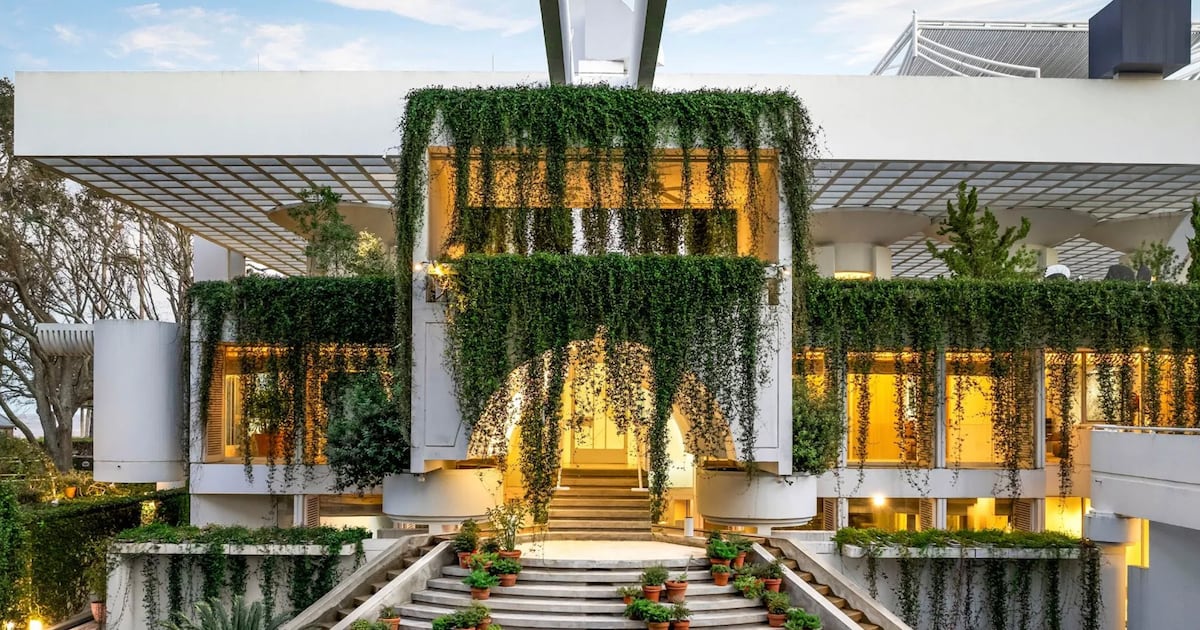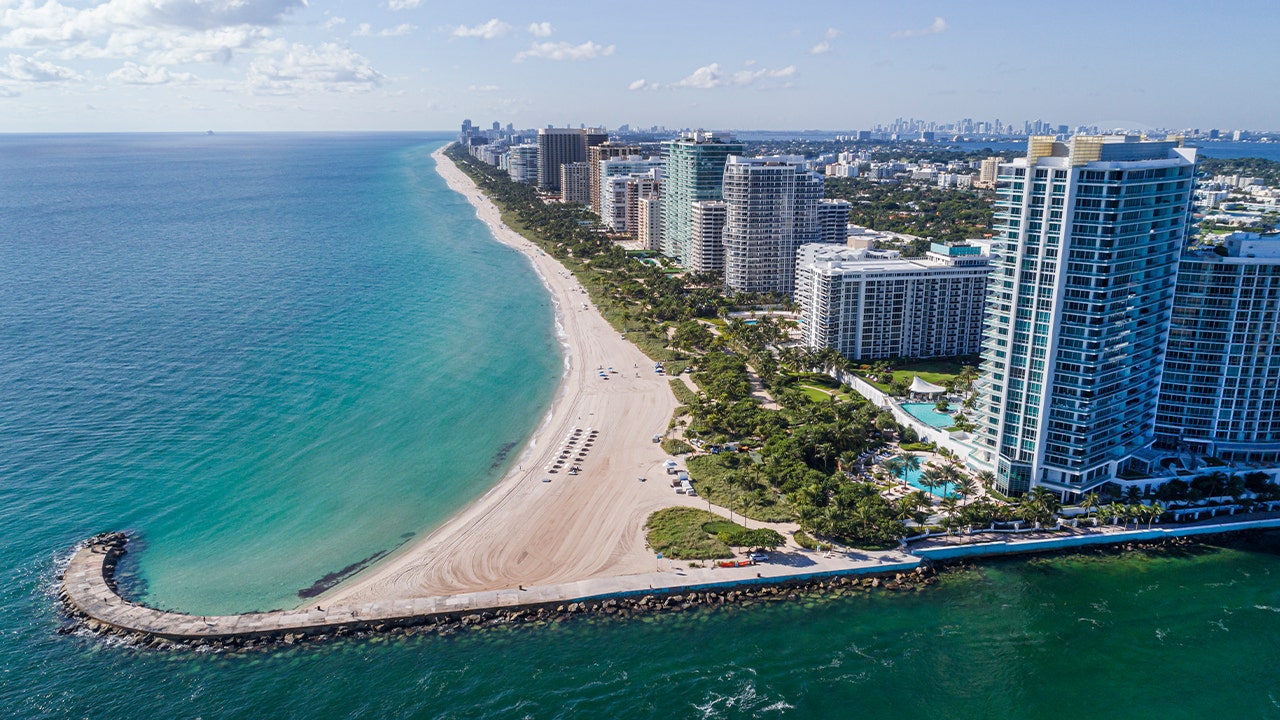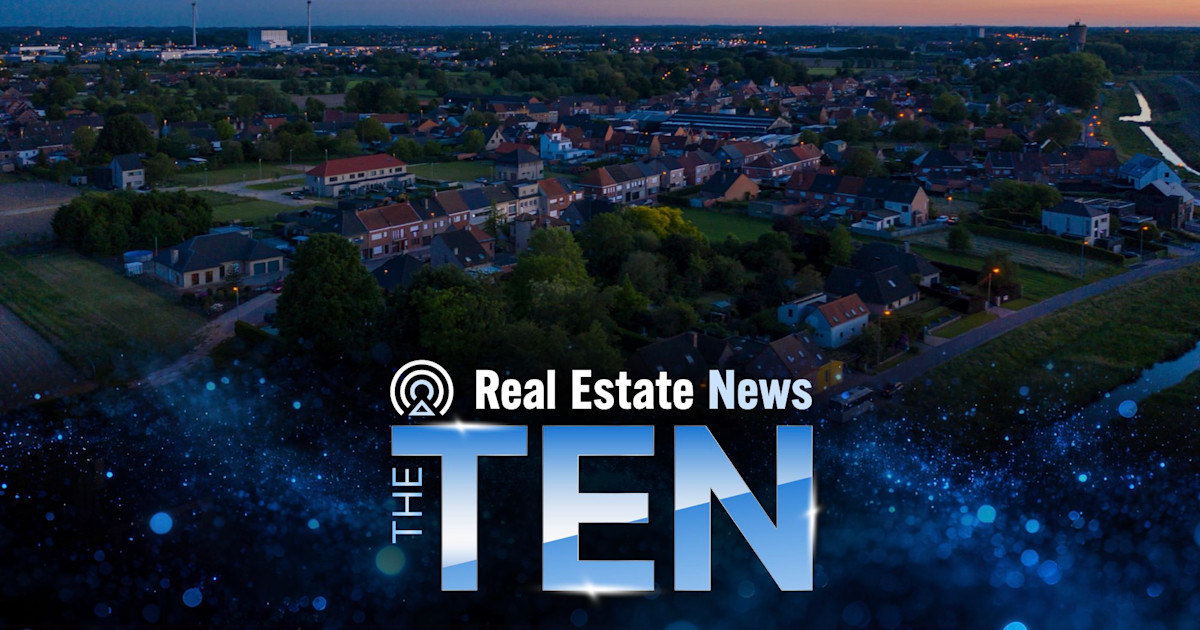T
he City Council’s Wednesday vote marked Long Island City’s biggest rezoning in a quarter‑century, unleashing the OneLIC plan that will reshape 54 blocks of the former industrial zone. The proposal calls for 14,700 new residences, of which 4,350 will be permanently affordable—an unprecedented figure for a single rezoning, Curbed reports.
OneLIC is designed to keep a share of the neighborhood affordable amid a surge in housing demand. Median rents in the area now exceed $4,500, and despite the addition of roughly 7,200 apartments since 2020, vacancy rates—especially for family‑sized units—have plummeted. The plan’s inclusionary housing rules require 20‑25 % of new units to be affordable, and the 4,350 units will target households earning 40‑60 % of the area median income, ranging from $45,360 for a single person to $87,480 for a family of three, per Julie Won’s release.
City‑owned parcels will deliver 1,000 of those affordable units, with half reserved for households earning less than 50 % of the median income. The rezoning also brings a $2 billion investment in infrastructure—sewer upgrades, new public spaces, and a waterfront park linking Gantry Park to Queensbridge Park. Additional projects include 1,300 new school seats, improvements to Queensbridge Houses, and the Queensbridge Baby Park, a $95 million transformation of a 5‑acre site beneath the Queensboro Bridge into public parkland.
The approval follows Mayor Eric Adams’ 2021 rezoning push that cleared the way for over 100,000 new units citywide and a recent 230‑block Jamaica plan. Long Island City has been a focal point of Adams’ agenda, and the council’s decision comes after a contentious decade that saw stalled projects such as the 2018 Amazon HQ bid and the 2020 YourLIC megaproject.
Councilmember Julie Won, who has spent two years negotiating with residents and the mayor’s office, praised the plan as a “bold course correction” that addresses the neighborhood’s lagging sanitation, school capacity, and open‑space needs. She noted that the past three decades had seen developers dictate the area’s future, but the current rezoning reflects a collective vision from thousands of residents.
Proponents contrast OneLIC with earlier rezoning attempts, arguing that this plan balances growth with affordability and community benefits, setting a new standard for how the city can shape its neighborhoods.















